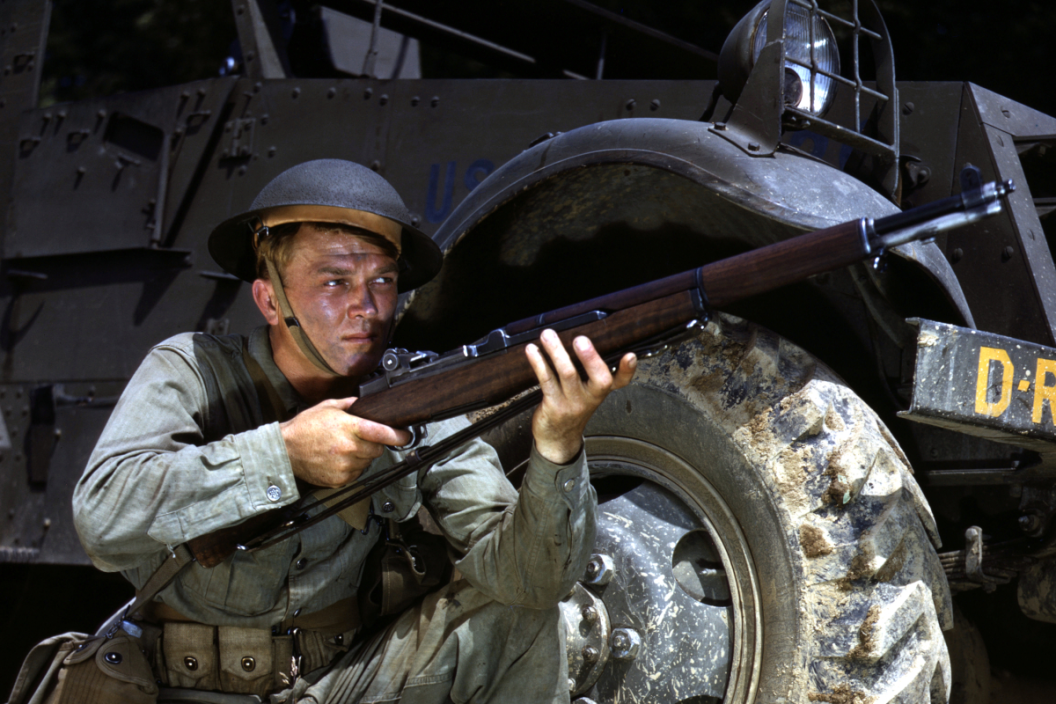
The M1 Garand is not just another rifle on the pages of American military history—it’s one of the most legendary and groundbreaking weapons to ever see action with troops. Infantrymen were laboring with difficult-to-operate gear in the early 1900s, and their primary tools were bolt-action rifles. While those rifles were good, they required manual intervention between shots, which reduced the rate of fire and put soldiers at a disadvantage. Then came John Cantius Garand, a Canadian-American engineer whose innovative mind changed everything.

Garand’s path from his humble working-class roots to becoming a turning point at the Springfield Armory is one of perseverance and genius. Though he lacked a formal engineering degree, his mechanical skill led to the creation of a semi-automatic rifle that would become the staple of U.S. soldiers. After being tested and refined for years, his design was implemented by the U.S. Army in 1936. The timing could not have been more opportune, with tensions escalating abroad and a rapid-fire, reliable rifle sorely needed.

What truly made the M1 Garand unique was its semi-automatic, gas-operated system. Unlike the soldier manually having to rack the action after each shot, the rifle utilized the energy produced when it was fired to automatically load the next round. This allowed soldiers to shoot eight rounds quickly before they needed a reload.

The en-bloc clip of the rifle, holding eight rounds of .30-06 Springfield cartridges, would tend to eject automatically with a deafening “ping” when it was drained—a sound grunts recall to this day. Adjustable iron sights proved the Garand accurate at ranges of up to 500 yards, and its stout build allowed it to shrug off mud, earth, and battle chaos with a reputation for unshakeable dependability.

Mass production of the M1 Garand was an unbelievable industrial achievement. With Springfield Armory’s lead in manufacturing, war demand required other companies like Winchester, International Harvester, and Harrington & Richardson to contribute.

Over 5.4 million rifles were produced between 1937 and 1957. At the peak of wartime, over a thousand rifles were being produced per day by Springfield alone. This monumental undertaking not only armed American warriors but also demonstrated the power of collective industrial mobilization—a lesson never lost when discussing military preparedness.

The effect of the M1 Garand on tactical thinking was almost instant and far-reaching. With its semi-automatic firepower, American soldiers could deposit a magnitude of fire many times that of the enemies who were armed with bolt-action rifles. This advantage brought about more vigorous and responsive movements and made effective suppressive fire possible.

Most historians of World War II attribute the Garand’s reliability and rapid-fire ability to the success of the United States military in Europe and the Pacific. General George S. Patton famously referred to it as “the greatest battle implement ever devised,” a view held by numerous veterans who attributed the rifle with saving lives and altering the course of combat.

However, the Garand’s legacy did not stop with World War II. Its fundamental design—especially the semi-automatic, gas-operated system—laid the foundation for later military rifles. The M14 that replaced the Garand in the late 1950s followed directly from this foundation, and the semi-automatic battle rifle concept became the global norm.

Aside from its technological legacy, the M1 Garand left a gap in the American consciousness, symbolizing innovation and resilience. Its distinctive shape and the distinctive “ping” have appeared in hundreds of films, television programs, and traditions, assuring its legacy for generations to come.

Now, the M1 Garand is a beloved collector’s and shooter’s favorite. It is accessible to trained civilians through the likes of the Civilian Marksmanship Program, which keeps Garand’s legacy alive outside of combat. Historians and collectors alike appreciate its construction quality, resilience, and historical relevance, seeing it as a true piece of military history. But proudly exhibited in museums, used in competitions, or paraded during ceremonies, the M1 Garand is more than a weapon—it is a tribute to ingenuity and the unyielding determination of the men who bore it through history.
